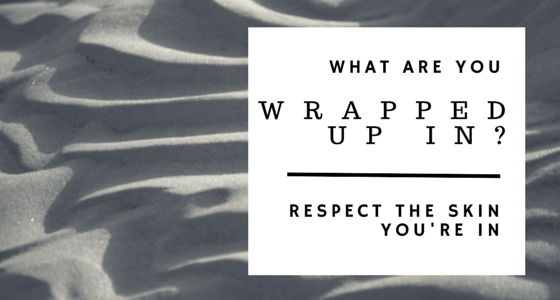“Coaching is helping another person reach higher levels of effectiveness by creating a dialogue that leads to awareness and action.” -Brian Emerson and Anne Loehr
“When an employee has the skills and ability to complete the task at hand, but for some reason is struggling with the confidence, focus, motivation, drive, or bandwidth to be at their best, coaching can help.” -Brian Emerson and Anne Loehr
The benefits of being coached are well documented, with individuals reporting increased self-confidence, improved work performance, better relationships, and more effective communication skills. According to the Chartered Institute of Personnel and Development (CIPD), the generally agreed characteristics of coaching are:
- a non-directive form of development
- focuses on improving performance and developing individuals’ skills
- emphasises performance at work and/or personal issues may be discussed
- activities have individual goals
- provides people with feedback on both their strengths and their weaknesses
Coaching is not counselling or therapy; it is forward-looking and is about achieving positive results in your life. A coach will show you techniques and simple strategies for helping you to close the gap between where you are now and what you want to achieve.
What are the benefits of coaching?
The great benefit of coaching is that you are very likely to see quick, positive results as an outcome. This is because coaching is participative and people tend to learn and adopt new habits more easily when they are actively engaged in the learning process. As soon as a coaching session ends you can implement a new practice.
Often, there are critical things we simply don’t see our blind spots. We can have blind spots about the way we come across socially, the limiting beliefs we operate on, the real consequences of certain behaviours, etc. Since you cannot change or take into consideration what you don’t see, blind spots typically keep you stuck and become barriers to your improvement.
Once you know what it is that you want to shift or achieve, the key question is: How? It could be from communication to time management. There are many tools and techniques available, unfortunately, the choice can make it confusing. This is where good coaching comes in, as a way to determine the tools and techniques that work best and that work best for your context, your problems and your person.
The process is entirely devoted to you – your issues and the attainment of new behaviour goals. One great point about coaching is that it takes place over an extended period of time. Which means you will be constantly challenged and encouraged to work on issues that need improvement.
By constantly doing better you practice good habits and the more you practice – the more natural it becomes to automatically change and improve your behaviours.
Have you had coaching? Please feel free to share the benefits you have found. Have further questions about coaching? Please feel free to contact me for more information.
In joy and gratitude,
Heddy






